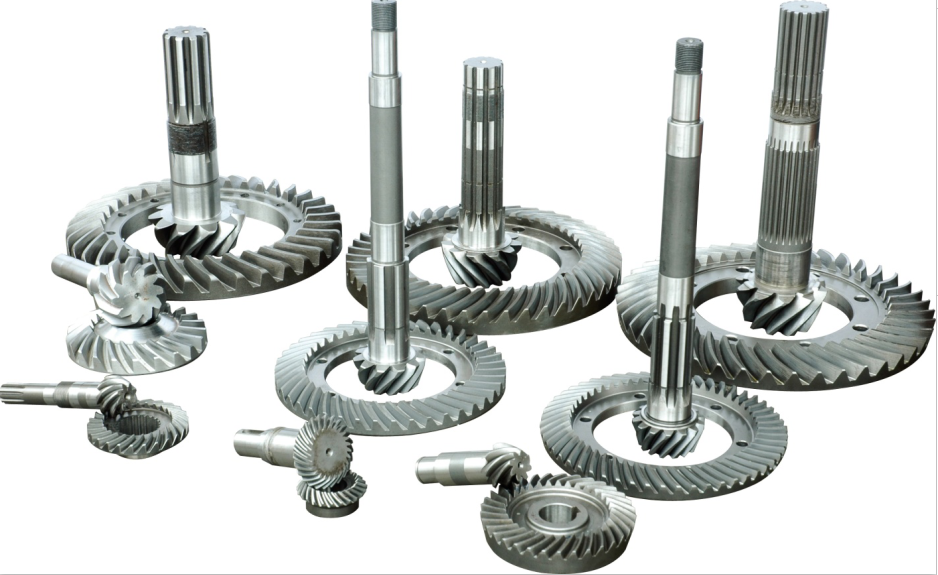
Noise reduction is an important consideration in worm gear applications, as it contributes to improved user comfort, reduced wear and tear, and increased overall system efficiency. Here are some noise reduction techniques commonly used in worm gear applications:
1. Gear Design Optimization:
- Helix Angle: Optimizing the helix angle of the worm gear can help reduce noise. Increasing the helix angle decreases the contact ratio between the worm and worm wheel, resulting in reduced noise levels.
- Tooth Profile: Utilizing modified tooth profiles, such as a parabolic tooth profile, can help minimize gear noise. These profiles allow for smoother meshing and reduced impact forces during gear engagement.
2. Gear Surface Treatment:
- Surface Finishing: Applying appropriate surface finishing techniques, such as grinding or honing, can reduce surface irregularities and improve the smoothness of gear contact surfaces. This helps minimize noise generation during gear operation.
- Surface Coatings: Coating the gear surfaces with noise-damping materials or lubricants can help reduce friction and dampen noise during gear meshing.
3. Lubrication and Lubricant Selection:
- Proper Lubrication: Adequate lubrication is crucial for reducing noise and ensuring smooth gear operation. Lubricants act as a cushion between the gear surfaces, reducing friction and noise generation.
- High-Quality Lubricants: Using high-quality lubricants specifically formulated for worm gears can significantly contribute to noise reduction. These lubricants have properties that minimize friction and wear, improving the overall efficiency of the gear system.
4. Vibration Damping:
- Mounting and Support: Proper mounting and support of the gear system can help dampen vibrations and reduce noise. Sturdy housing and appropriate damping materials can absorb vibrations and prevent them from propagating through the surrounding structure.
- Isolation: Isolating the gear system from the surrounding structure using vibration-absorbing materials can help reduce noise transmission.
5. Precision Manufacturing and Assembly:
- Tolerances and Clearances: Maintaining tight tolerances and controlling clearances during gear manufacturing and assembly can minimize noise caused by misalignment and backlash.
- Quality Control: Implementing strict quality control measures during manufacturing ensures that gear components meet design specifications and reduces the likelihood of noise-generating defects.
Implementing these noise reduction techniques in worm gear applications can help achieve quieter and smoother gear operation. It is important to consider the specific requirements and operating conditions of the application to determine the most effective combination of techniques. Additionally, regular maintenance and inspection of the gear system will help identify any potential sources of noise and address them promptly to maintain optimal performance and noise levels.
